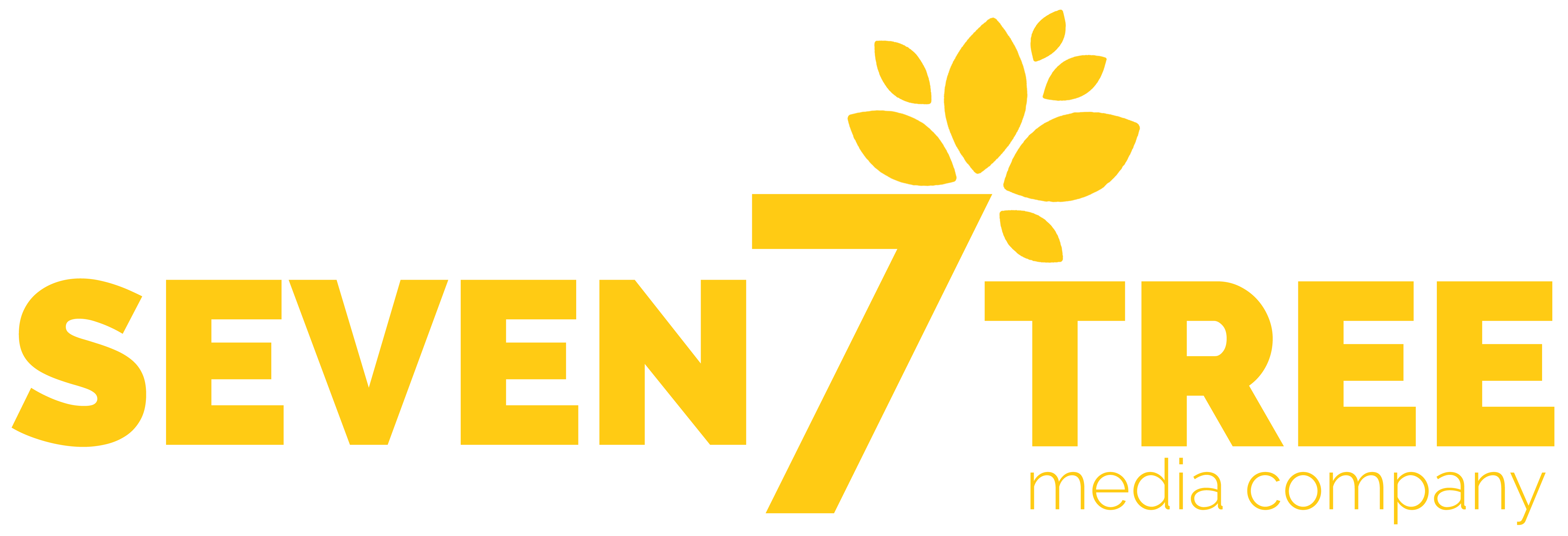A Mobile CRM app is no longer just “nice to have” for sales teams, this investment is shaping up to be one of the smartest ones a business can make. And it’s not just hype. The ROI of mobile CRM is real, measurable, and surprisingly high when you put it under the microscope.
Here’s where it gets interesting: while traditional CRM tools offer tons of value on desktops and laptops, they don’t always fit into the modern pace of work. With hybrid teams, field reps, and on-the-go decision-makers, the ability to access CRM tools through a smartphone is becoming a necessity, not a luxury.
But how much of a difference does mobile access actually make? What’s the real-world return on this shift?
Let’s dig in, because the numbers are pretty revealing, and you may walk away with a very different opinion on where to focus your tech budget next.
What Is a Mobile CRM App, Really?
You’ve probably heard the term tossed around in meetings or mentioned in passing during tech demos, but let’s clear the air.
A mobile CRM app is just what it sounds like: customer relationship management software that you can use on a mobile device. Whether it’s native to iOS or Android, or accessed via a mobile browser, it’s all about putting client info, sales pipelines, task reminders, and communication tools in the palm of your hand.
But that mobile access isn’t just convenient. It changes the way teams interact with data. It removes friction. It closes gaps. And most importantly, it speeds everything up.
Now here’s the kicker, when businesses make the move to mobile CRM, the payoff isn’t theoretical. The ROI of mobile CRM is grounded in hard stats that you can’t ignore.
Why Mobile CRM Apps Are Blowing Up (And Why That’s Good for Your Wallet)
You don’t have to be a tech analyst to notice how fast mobile CRMs are spreading. Over 81% of salespeople say mobile access to their CRM increases their productivity. But what’s even more compelling is what that productivity does to a company’s bottom line.
Let’s look at some numbers pulled from a mix of recent case studies, vendor data, and surveys:
- Businesses that use mobile CRM systems see up to 65% increase in sales quotas achieved by reps using smartphones versus desktop-only tools.
- Companies adopting mobile CRMs report a 74% improvement in customer satisfaction simply because they’re more accessible.
- Field reps using mobile CRM close deals 20% faster on average, because they can log updates, send quotes, or access history in real-time while in the field.
Think about that. Mobile CRMs aren’t just about convenience, they’re literally making your team better at closing deals, building relationships, and keeping customers happy.
Now let’s unpack how and why that matters when it comes to your return on investment.
Where the ROI of a Mobile CRM App Starts to Show Up
Return on investment can feel like this fuzzy, abstract concept sometimes. But with mobile CRM apps, it becomes pretty easy to track.
The ROI of mobile CRM shows up in three places:
1. Time Savings That Turn Into Revenue
Time is the one thing your sales team can’t buy more of, but a mobile CRM app can come close. Think about every moment a rep wastes waiting to get back to the office to enter a lead, follow up on an inquiry, or log a call.
With mobile CRM, all of that happens on the spot. Less delay means faster follow-ups, which means fewer cold leads slipping through the cracks. And when you shrink the time between lead capture and next contact, conversions climb.
It’s the classic speed-to-lead advantage, but multiplied.
2. Better Data Entry = Smarter Business Decisions
Salespeople hate data entry. And who can blame them? It’s boring, time-consuming, and often done after hours, long after conversations have gone fuzzy. But with mobile CRM, they can do it right after meetings, in real-time.
What you get is cleaner, more accurate, more consistent data across the board. Which means your reports and forecasts aren’t just guesses, they’re built on something solid.
Over time, that insight lets managers make faster pivots, smarter hiring choices, and better strategic moves. And those small decisions compound into huge wins.
3. Reduced Admin Costs and Tool Overhead
A mobile CRM can often replace several other tools: scheduling apps, note-taking apps, contact managers*, even messaging platforms. That consolidation saves money right out of the gate.
More than that, it cuts training costs. New reps can get up to speed faster when they only have to learn one tool, especially if that tool lives in their pocket.
And in case you’re wondering, yes, mobile CRM apps are also reducing IT costs, since many are cloud-based and don’t require heavy on-premise infrastructure.
Can a Mobile CRM App Actually Pay for Itself?
Let’s do a rough napkin calculation just to see.
Say your average sales rep closes $10,000 per month in deals.
Now imagine your mobile CRM helps them close just 10% more per month thanks to better follow-ups, faster response times, and real-time data access.
That’s $1,000 in additional revenue, per rep, every month.
Multiply that by 10 reps and you’re looking at $120,000 per year in new revenue. And that’s a conservative estimate. We haven’t even factored in reduced churn, better upselling, or cost savings from tool consolidation.
So yes, not only can a mobile CRM app pay for itself, it can flip your entire sales productivity model on its head.
What Most Articles Miss About the ROI of Mobile CRM
Here’s the part you don’t see talked about enough: employee retention.
Sales teams that have access to intuitive, powerful tools, especially mobile-friendly ones, report higher job satisfaction. That’s not just good for morale. It’s good for business.
Happy reps stay longer. They sell more. They build deeper client relationships. And that continuity leads to less turnover and stronger pipelines.
And let’s not forget training. New hires get up to speed faster when they don’t have to fumble between apps or wait to get back to their desks to learn the system. That means lower onboarding costs and faster productivity.
All of that affects ROI, even if it doesn’t show up in a line item.
The Competitive Edge Most Businesses Don’t See Coming
Want to know a sneaky side benefit of mobile CRM that often goes unnoticed?
You look more professional.
When your sales team can respond in seconds, not hours, your brand instantly seems more responsive, more modern, and more in tune with customer needs.
And that impression matters. Especially in crowded markets where customers are comparing not just prices and features, but experiences.
A mobile CRM helps you deliver that seamless, always-available feeling that customers crave, without adding to your team’s workload. That alone can push someone over the edge when they’re deciding between you and a slower-moving competitor.
Real-World Use Case: Field Sales Team Transformation
Let’s talk about what this looks like on the ground.
Imagine a regional sales team covering multiple states. Before mobile CRM, they’d take notes on paper, follow up days later from a desktop, and spend half their time chasing down details.
After switching to a mobile CRM?
- Notes are entered in the car between meetings.
- Follow-ups are scheduled on the spot.
- Reps get real-time alerts about client interactions, making them feel informed and confident walking into meetings.
This shift alone helped one company increase deal closure rates by 18% in just three months, while shaving five hours a week off each rep’s admin time.
If five hours doesn’t sound like a lot, remember: over a year, that’s 260 hours per rep. Multiply that by a 20-person team, and you’re looking at over 5,000 hours saved annually.
What could your team do with 5,000 extra hours?
So Is a Mobile CRM Worth It for Small Businesses?
Absolutely. In fact, mobile CRM often levels the playing field for small businesses.
Why?
Because you don’t need a huge infrastructure to use it. You don’t need a tech team to maintain it. And you don’t need to spend months training your staff.
Plus, small businesses are often more agile. That means they can roll out mobile CRM tools faster, adapt quicker, and start seeing ROI sooner than larger firms.
If you’re in a service-based business, sales, real estate, construction, or anything that happens outside an office, a mobile CRM app is less of an option and more of a no-brainer. Especially considering how important “speed to lead” is in a digital world.
Where Should You Start?
If you’re curious about the ROI of mobile CRM but not sure where to begin, the first step is to look at your current workflow.
Ask questions like:
- Where are the biggest delays between lead capture and follow-up?
- How often do reps need to access data while away from their desk?
- What tasks could be done faster if reps had tools on their phones?
If you can spot just one bottleneck that a mobile CRM would fix, odds are the return on that investment will be real, and fast.
You don’t have to overhaul your entire system overnight. Start small. Test. Measure. Then scale.
If you’re ready to get answers or help mapping this out, Contact Us and we’ll walk you through the best way to make your move without wasting time or budget – and it won’t cost you a thing!
Key Takeaways
- The ROI of mobile CRM isn’t vague, it’s backed by hard data, especially in sales productivity and customer satisfaction.
- Mobile CRM helps teams close more deals, faster, with cleaner data and fewer delays.
- Time savings, better data, and improved client communication all compound into serious revenue gains.
- Even small teams can see six-figure returns just by improving mobile access to CRM tools.
- The added bonus? Happier employees, lower turnover, and a brand image that feels modern and responsive.
Want to start seeing results faster? Contact Us to explore your best next step.
*Please Note: Some of the links embedded in this article may contain affiliate links where we earn a commission for the recommendation. We will only ever make these kinds of recommendations for tools we actually use.

